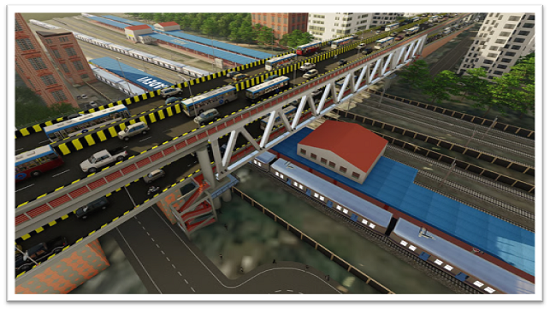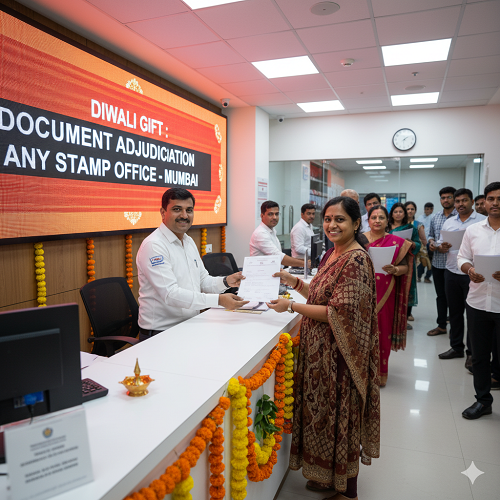
Mumbai Set for First Double-Decker Railway Bridge at Elphinstone as MahaRail Takes Charge
Mumbai is on the cusp of a major infrastructure breakthrough with the construction of its first double-decker railway bridge at Elphinstone (Prabhadevi). The landmark project, entrusted to the Maharashtra Rail Infrastructure Development Corporation Limited (MahaRail) by the Mumbai Metropolitan Region Development Authority (MMRDA), aims to transform east-west connectivity, reduce congestion, and modernize one of the busiest corridors in the city.
The new Double-Decker Road Over Bridge (ROB) will not only replace the century-old Elphinstone bridge but also introduce a pioneering design that accommodates two decks of vehicular movement. This will simultaneously enhance local traffic mobility and strengthen regional connectivity by linking with the Sewri–Worli corridor and Atal Setu (Mumbai Trans Harbour Link).
Why the Project Matters
The old Elphinstone ROB, built in 1913, has served as a vital connector between the Western and Central Railway lines for over 112 years. Once adequate for a smaller city, the bridge has long struggled to keep pace with Mumbai’s exponential growth. Congestion, safety risks, and structural ageing necessitated a complete redevelopment. By introducing a double-decker design, authorities aim to both honour the bridge’s historical significance and provide a future-ready solution for the city’s mobility challenges.
Statement from MahaRail
Rajesh Kumar Jaiswal, Managing Director of MahaRail, highlighted the significance of the initiative: “We are proud to be entrusted with the construction of Mumbai’s first double-decker railway bridge at Elphinstone. This pioneering structure is not just an engineering feat—it’s a symbol of the city’s evolving infrastructure. MahaRail remains committed to delivering state-of-the-art solutions that blend innovation, safety, and efficiency for the people of Mumbai.”
Engineering Feat and Safety Measures
The project involves dismantling the existing bridge using two 800MT cranes—a highly complex task to be carried out over running railway tracks. Authorities have assured commuters that suburban train services on both Central and Western lines will not be disrupted. Safety protocols and careful planning will play a crucial role in managing the transition while minimizing inconvenience.
Historical Importance
The Elphinstone Road Over Bridge has been a central feature of Mumbai’s transport system since its construction during the British era. It connected the Elphinstone station—opened in 1867 and named after John Elphinstone, Governor of Bombay (1853–1860)—to surrounding neighbourhoods, becoming a lifeline for thousands of daily commuters. Its replacement with a modern double-decker ROB is seen as both a preservation of legacy and a leap into Mumbai’s infrastructural future.
Key Features of the Double-Decker ROB
• Double-Decker Design: Crosses both Central and Western Railway lines with two decks of vehicular movement.
• Total Railway Span: 132 meters.
• Lower Deck: 2+2 lanes with a footpath for local east–west connectivity.
• Upper Deck: 2+2 lanes without footpath, serving the Sewri–Worli Elevated Corridor and connecting directly to Atal Setu.
• Superstructure Type: Open Web Girder, known for durability and strength in railway bridge projects.
• Estimated Cost: Rs 167.35 crore.
• Completion Timeline: Approximately one year, following final approvals.
Shaping Mumbai’s Future
This redevelopment marks a milestone in Mumbai’s transport modernization, combining historical preservation with cutting-edge engineering. Once complete, the Elphinstone Double-Decker ROB will serve as a model for future urban infrastructure projects—strengthening road–rail integration, reducing bottlenecks, and ensuring smoother, safer connectivity for millions of commuters.



